Decoding LED Light: Understanding the Meaning and Benefits of LED Lighting
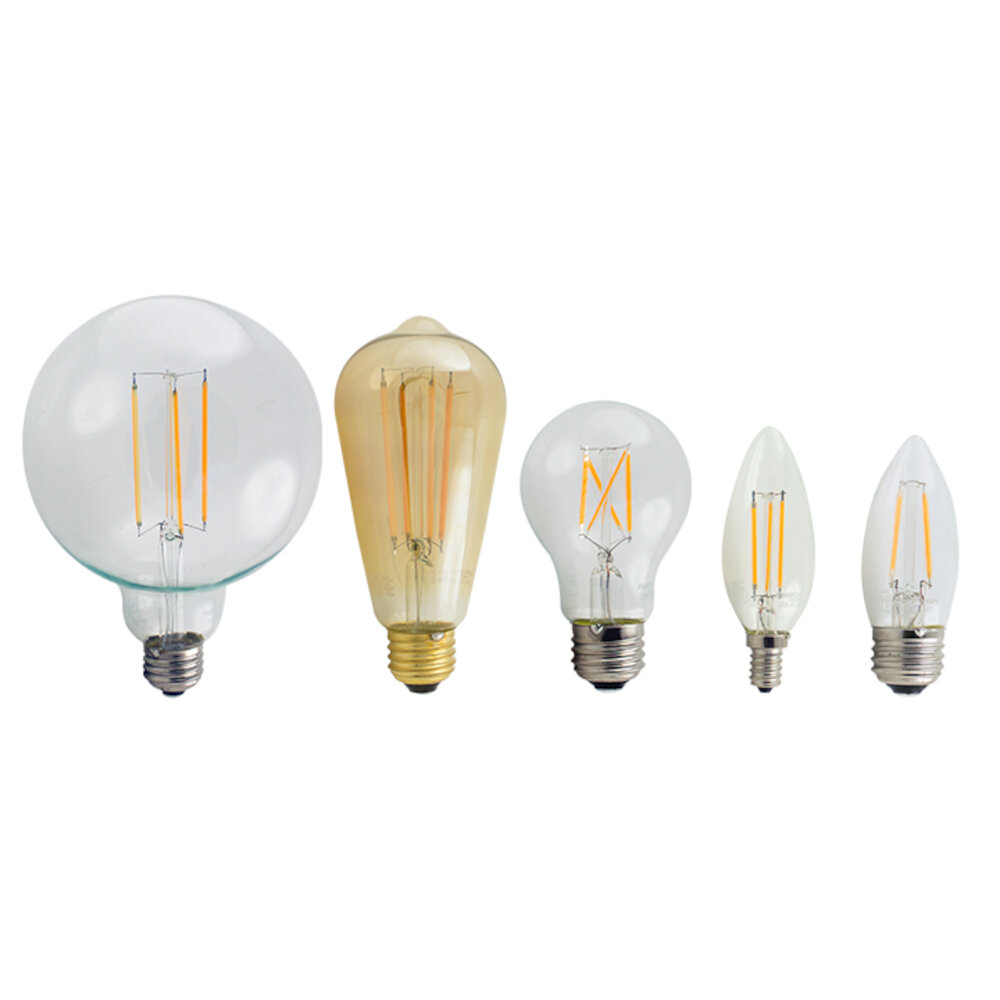
Light Emitting Diodes or LEDs have become increasingly popular in recent years as a lighting source for homes, offices, and public spaces. LED lighting offers many benefits over traditional lighting sources, including energy efficiency, longer lifespan, and lower maintenance costs. However, for many people, the technical aspects of LED lighting can seem confusing and overwhelming. In this article, we will decode the world of LED lighting, helping you understand the meaning and benefits of this innovative lighting technology. First, we will explore the science behind LED lighting, explaining how LEDs produce light and how they differ from other lighting sources. We will also discuss the various types of LED lights available, including their color temperature and brightness levels. Additionally, we will delve into the many benefits of LED lighting, such as their energy-saving properties, long lifespan, and environmentally friendly nature. Whether you are a homeowner, business owner, or simply someone interested in the latest lighting technology, this article will provide you with a comprehensive understanding of LED lighting and its many benefits.
LED, or Light Emitting Diode, is a semiconductor device that converts electricity into light. Unlike traditional incandescent bulbs that produce light by heating a filament, LEDs produce light through a process called electroluminescence, which involves the movement of electrons within a material. When a current is applied to an LED, electrons are pushed across a junction between two different types of semiconductor material, releasing energy in the form of photons, or light. The color of the light produced by an LED depends on the materials used in the semiconductor and can range from warm yellows to cool blues. LEDs are highly efficient, long-lasting, and environmentally friendly, making them a popular choice for lighting applications in homes, businesses, and public spaces.
LED lighting has come a long way since it was first invented in 1962 by Nick Holonyak. At first, LEDs were only available in red and were primarily used in electronic devices such as calculators and watches. It wasn’t until the 1990s that LED lighting began to gain traction as a viable alternative to traditional incandescent and fluorescent bulbs. Advancements in technology allowed for the production of LEDs in a range of colors and brightness levels, making them suitable for a wider range of applications. Today, LED lighting is used in a variety of settings, from streetlights to home lighting to stage lighting, and is known for its energy efficiency, longevity, and versatility.
Advantages of LED Lighting
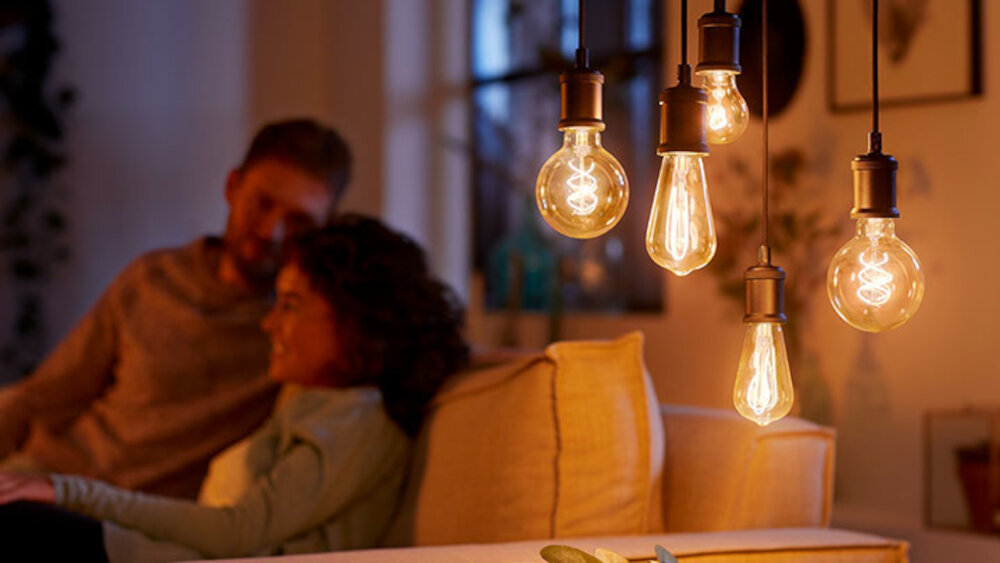
LED lighting has become increasingly popular in recent years, and for good reason. There are numerous advantages to using LED lights over traditional lighting options such as incandescent or fluorescent bulbs. One of the most significant benefits of LED lighting is its energy efficiency. LED lights use significantly less energy than traditional bulbs, which means they are less expensive to operate and help reduce energy consumption. Additionally, they have a longer lifespan, which means less frequent replacement and maintenance costs. This makes LED lighting an excellent choice for both residential and commercial use. Another advantage of LED lighting is its versatility. LED lights come in a wide range of colors and can be used to create various lighting effects. Additionally, they are available in different sizes and shapes, making them suitable for a variety of lighting applications. LED lighting is also highly directional, which means it can be used to highlight specific areas or objects. This makes them ideal for use in display cases, art galleries, and other settings where directional lighting is necessary. With so many advantages, it’s no wonder that LED lighting has become the preferred choice for many people looking to upgrade their lighting systems.
Energy efficiency is a critical aspect of LED lighting that makes it stand out from traditional lighting systems. LED lights have a higher efficacy rate, which means they use less energy to produce the same amount of light as traditional bulbs. This is due to the design of LED lights, which convert more energy into light and less into heat. As a result, LED lights consume less electricity, which translates into lower energy bills and reduced carbon emissions. Additionally, the long lifespan of LED lights means that they require less frequent replacement, further reducing energy consumption and waste. Therefore, incorporating LED lighting in homes and commercial spaces is a smart choice for those looking to reduce their carbon footprint and save on energy costs.
One of the most significant benefits of LED lighting is its ability to contribute to a longer lifespan. Unlike traditional incandescent bulbs, LED lights can last up to 25 times longer, reducing the need for frequent replacements. This extended lifespan not only saves money on replacement costs but also decreases the amount of waste produced by discarded bulbs. Additionally, LED lights are designed to maintain their brightness and quality of light over time, so users can enjoy consistent illumination without the need for constant adjustments or replacements. Overall, the extended lifespan of LED lighting makes it an attractive and practical choice for those looking to save money, reduce waste, and enjoy reliable lighting solutions.
When it comes to lighting, durability and safety are two critical factors that must always be considered. LED lights are known for their long lifespan, making them incredibly durable and reliable. Unlike traditional lighting, which can burn out quickly and need frequent replacements, LED lights can last for tens of thousands of hours. Additionally, LED lights are much safer than other types of lighting. They emit very little heat and contain no hazardous materials such as mercury, which can be harmful to both people and the environment. This makes LED lighting a great choice for any setting where safety and longevity are a top priority.
LED lighting offers significant environmental benefits compared to traditional lighting technologies. LED lights have a longer lifespan, which means that they need to be replaced less frequently, reducing waste and conserving resources. Additionally, LEDs are highly energy-efficient, consuming up to 80% less energy than traditional lighting sources. This not only saves money on energy bills but also reduces greenhouse gas emissions, which contribute to climate change. LED lights are also free of hazardous materials such as mercury, which can be found in fluorescent bulbs, and can pose a threat to the environment when not disposed of properly. Overall, the use of LED lighting is a sustainable and environmentally friendly choice.
Types of LED Lighting
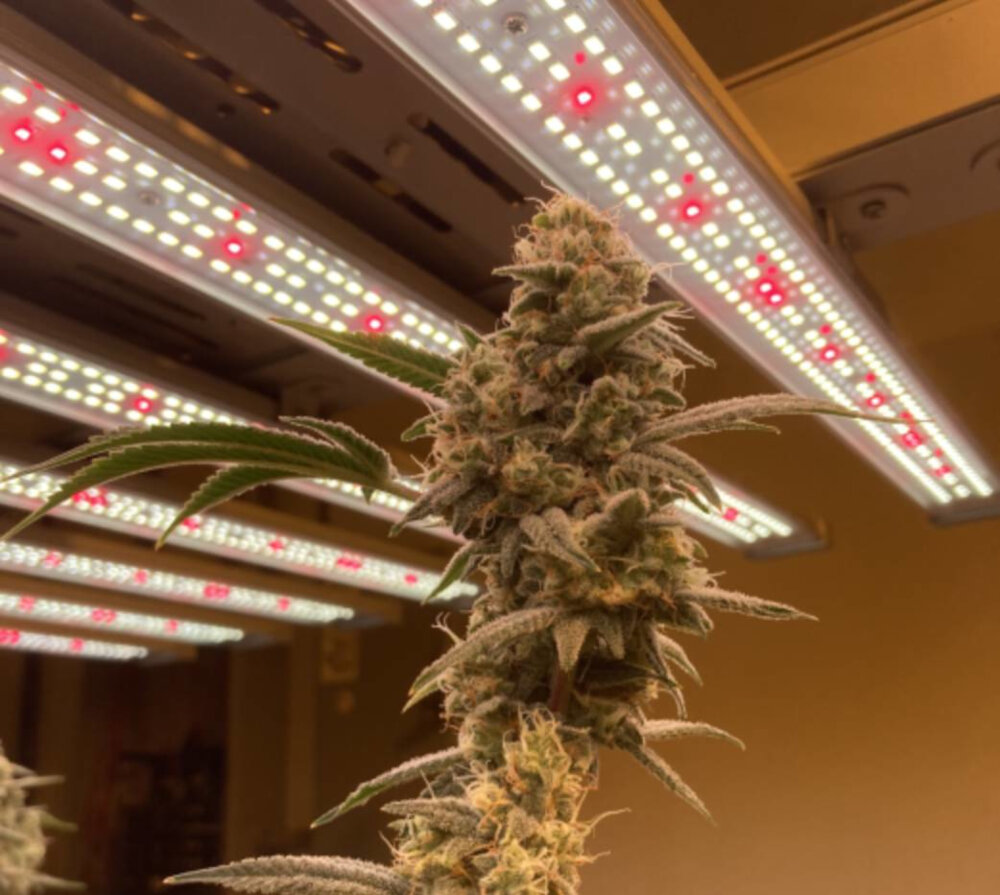
LED lighting has become increasingly popular for its energy efficiency, long lifespan, and versatility. There are several types of LED lighting available to suit different preferences and lighting needs. One common type is LED strips, which are flexible and adhesive-backed, making them easy to install in various locations. LED strips can be cut to fit specific lengths and come in a range of colors, making them perfect for accent lighting, under cabinet lighting, and even outdoor lighting. Another type of LED lighting is LED bulbs, which are available in different shapes and sizes to replace traditional incandescent and fluorescent bulbs. LED bulbs are known for their energy efficiency, with some models using up to 80% less energy than traditional bulbs, and can last up to 25 times longer. Another popular type of LED lighting is LED downlights, which are recessed into the ceiling for a clean and modern look. LED downlights are available in different sizes and styles and can be dimmed to create different moods and atmospheres. LED downlights are ideal for general lighting in living spaces, kitchens, and bathrooms. LED spotlights are also available for highlighting specific areas or objects, such as artwork or architectural features. These spotlights come in a range of colors and beam angles to suit different applications. Overall, LED lighting offers a wide range of options for energy-efficient and versatile lighting solutions for both residential and commercial spaces.
LED bulbs or Light Emitting Diode bulbs are a highly energy-efficient lighting option that can help you save money on your electricity bill. They are becoming increasingly popular due to their long lifespan, durability, and low power consumption. LED bulbs are available in a range of colors and are suitable for a variety of environments, from homes to offices to outdoor spaces. LED bulbs emit light by using a semiconductor material that converts electrical energy into light. They are also environmentally friendly as they do not contain any toxic elements like mercury, which can harm the environment. LED bulbs are a great choice for those looking to reduce their carbon footprint and save on energy costs.
LED strips are a versatile and popular lighting solution that have gained widespread popularity in recent years. These thin and flexible strips contain a series of light-emitting diodes that are capable of producing bright and efficient light. LED strips are available in a range of colors and can be customized to fit a variety of applications, making them ideal for use in homes, businesses, and even vehicles. They are also energy-efficient, durable, and easy to install, making them a practical and cost-effective lighting solution. Whether you are looking to add a touch of ambiance to your home or create a stunning visual display, LED strips are a great choice for any lighting project.
LED panels are a type of LED lighting that are becoming increasingly popular in both residential and commercial settings. These panels consist of multiple small LED bulbs that are mounted on a flat surface, creating a bright and even light source. LED panels are energy-efficient, long-lasting, and generate less heat compared to traditional lighting fixtures. They also come in various sizes and shapes, making them versatile in design and capable of fitting into any space. LED panels are not only aesthetically pleasing, but they also provide a soft and comfortable light that is easy on the eyes, making them ideal for use in offices, schools, hospitals, and homes alike.
Outdoor LED lighting has become increasingly popular due to its numerous benefits. LED lights are energy-efficient, which means they consume much less power than their traditional counterparts. This feature makes them the ideal choice for outdoor lighting, as they can be left on for extended periods of time without worrying about high electricity bills. Additionally, LED lights have a longer lifespan than conventional bulbs, meaning they require less maintenance and need to be replaced less frequently. Outdoor LED lighting is also environmentally friendly, as it emits less heat and produces fewer greenhouse gases than other lighting options. Finally, LED lights come in a wide range of colors and designs, allowing homeowners and businesses to create unique outdoor lighting displays that suit their specific needs and preferences.
Applications of LED Lighting
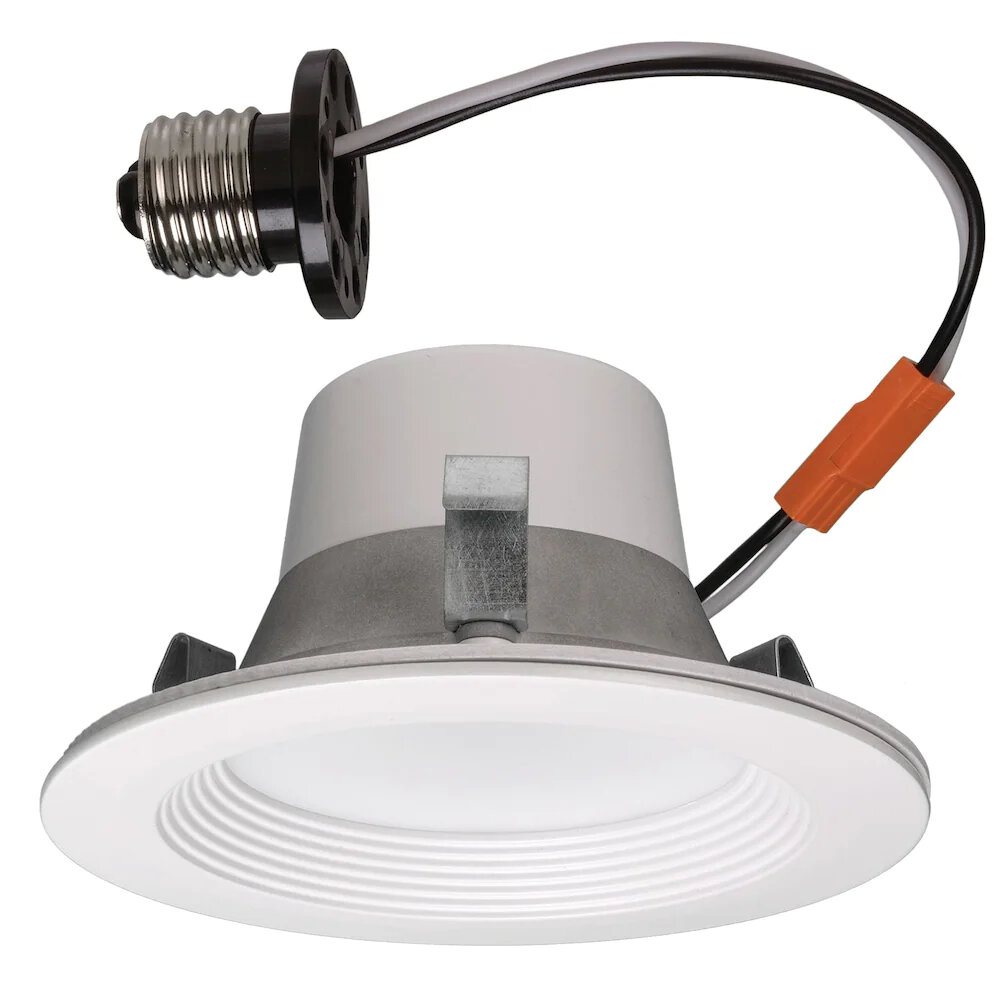
LED lighting technology has revolutionized the lighting industry, providing energy-efficient, cost-effective, and environmentally-friendly alternatives to traditional lighting solutions. LED lighting has a wide range of applications, from residential to commercial, industrial, and even horticultural settings. LED lighting technology can be used for general lighting, accent lighting, task lighting, and decorative lighting. LED lighting can also be used in outdoor lighting, automotive lighting, and emergency lighting. One of the main advantages of LED lighting is its energy efficiency. LED lights use up to 80% less energy than traditional lighting, making them an ideal choice for residential and commercial applications where energy costs are a significant consideration. LED lighting also lasts longer than traditional lighting, reducing maintenance costs and improving sustainability. LED lighting is also available in a wide range of colors and temperatures, making it a versatile lighting option for any application. Another application of LED lighting is in the horticultural industry, where LED lights are used to provide artificial lighting for plants. LED lights can be used to provide the specific wavelengths of light that plants need for photosynthesis, growth, and flowering. LED lighting can also be used to extend the growing season and increase crop yields, making it an essential tool for indoor farming and greenhouse operations. Overall, the applications of LED lighting are vast and varied, making it a valuable technology for a wide range of industries and settings.
Residential lighting plays a significant role in enhancing the aesthetic appeal of a home while simultaneously providing the necessary illumination for daily activities. The emergence of LED lighting has revolutionized the way homeowners approach residential lighting design. LED lighting is energy-efficient, long-lasting, and versatile, allowing homeowners to create the perfect ambiance in any room. LED lighting fixtures come in a variety of colors and designs, allowing homeowners to customize their lighting to suit their specific needs and preferences. Additionally, LED lighting is environmentally friendly, producing less heat and consuming less energy than traditional lighting solutions. As such, LED lighting is an excellent choice for homeowners looking to reduce their carbon footprint while enhancing the beauty and functionality of their homes.
Commercial lighting refers to the use of artificial light sources in commercial spaces such as offices, retail stores, and warehouses. LED lighting has become the preferred choice for commercial lighting due to its energy efficiency and long lifespan. LED lights consume less energy than traditional lighting and have a longer lifespan, which translates to lower maintenance costs and reduced energy bills. Additionally, LED lights are highly versatile and can be customized to suit the specific needs of different commercial spaces. With the right LED lighting solution, businesses can create a comfortable and inviting atmosphere for their employees and customers while also reducing their energy consumption and operating costs.
Industrial lighting refers to the lighting systems used in factories, warehouses, and other industrial settings. These lighting systems need to be durable, long-lasting, and energy-efficient to withstand the harsh conditions of industrial environments. LED lighting has become a popular choice for industrial lighting due to its high energy efficiency, low maintenance costs, and long lifespan. LED lights also provide a brighter and more uniform light distribution, making them perfect for illuminating large areas such as factories and warehouses. Additionally, LED lighting can be controlled remotely, allowing for easy adjustment of light levels and reducing energy wastage. Overall, LED industrial lighting offers numerous benefits over traditional lighting systems, making it a smart choice for businesses looking to improve their energy efficiency and reduce costs.
Automotive lighting has come a long way since the early days of headlights powered by oil or acetylene gas. Today, LED lighting is revolutionizing the automotive industry with its many benefits. LED headlights provide brighter, clearer illumination of the road ahead, improving visibility and safety for drivers. They also use less energy and have a longer lifespan than traditional halogen headlights. In addition, LED lights are more customizable, allowing car manufacturers to create unique and stylish lighting designs that set their vehicles apart from the competition. Overall, LED lighting is a game-changer in the automotive industry, providing improved performance, energy efficiency, and design options.
Factors to Consider When Choosing LED Lighting
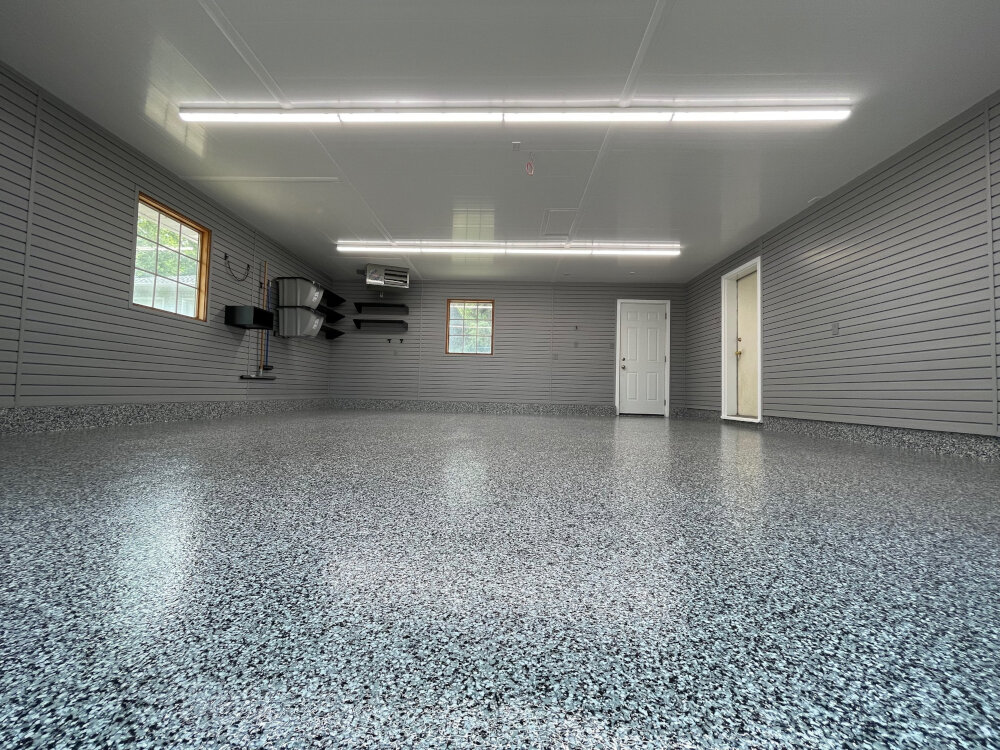
When choosing LED lighting, there are several factors that must be taken into consideration. One of the most important factors is the color temperature. The color temperature of LED lights can range from warm white to cool white, and can greatly affect the ambiance of a room. Warm white LED lights are typically more suitable for living spaces such as living rooms and bedrooms, as they emit a soft and comforting glow. On the other hand, cool white LED lights are more suitable for workspaces such as offices or kitchens, as they emit a brighter and more energizing light. It is important to consider the purpose of the space being lit when choosing the color temperature of LED lights. Another important factor to consider when choosing LED lighting is the wattage. The wattage of LED lights determines the amount of light output, which is measured in lumens. It is important to choose LED lights with the appropriate wattage for the space being lit, as too little light can result in a dim and uninviting atmosphere, while too much light can be harsh and uncomfortable. Additionally, choosing LED lights with a lower wattage can also help to save energy and reduce electricity bills. Overall, choosing the right wattage for LED lighting can greatly enhance the comfort and functionality of a space.
Lumens and watts are two terms that are commonly used in the world of lighting. Lumens refer to the amount of light that is produced by a light source, while watts refer to the amount of energy that is consumed by the light source. In the past, people would use watts to determine the brightness of a light bulb, but with the advent of LED lighting, lumens have become the more accurate measurement of brightness. LED lights are much more energy-efficient than traditional incandescent bulbs, which means that they can produce the same amount of light using fewer watts. This not only saves energy, but it also saves money on electricity bills. Understanding the difference between lumens and watts is important when choosing the right LED light for your needs.
Color temperature is a characteristic of light that refers to the hue of light emitted by a source. It is measured in Kelvin (K) and can range from warm, yellowish tones (around 2700K) to cool, bluish tones (up to 6500K). Understanding color temperature is important in LED lighting as it can affect the ambiance and mood of a space. Warm-toned lighting is often used in residential settings to create a cozy and inviting atmosphere, while cool-toned lighting is commonly used in commercial and industrial spaces to enhance productivity and alertness. Choosing the right color temperature for your LED lighting can have a significant impact on the overall look and feel of your space.
Color Rendering Index (CRI) is a metric used to measure how well a light source reproduces the colors of objects as seen under natural daylight. The CRI scale ranges from 0 to 100, with 100 representing the highest level of color accuracy. The higher the CRI of an LED light, the more accurately it will display the true colors of an object. This metric is particularly important in settings where color accuracy is crucial, such as art galleries, clothing stores, and photography studios. Understanding the CRI of an LED light can help individuals make informed decisions when selecting lighting options and ensure that they are getting the best possible quality of light for their needs.
Dimming capability is a crucial feature of LED lighting that allows you to adjust the brightness of your lights according to your needs. This feature is beneficial in several ways, including energy conservation, ambiance creation, and increased lifespan of your LED lights. Dimming LED lights can help you save energy and reduce your electricity bills by using only the amount of light you need. It also allows you to create different moods and ambiance in your room by adjusting the brightness of your lights. Additionally, dimming your LED lights can help increase the lifespan of your LED bulbs, as it reduces the amount of heat generated by the lights, which can cause them to burn out faster. Therefore, having dimming capability in your LED lights is not only convenient but also environmentally friendly and cost-effective.
LED lighting has revolutionized the illumination industry with its numerous benefits, including long-lasting lifespan, energy efficiency, and low heat emission. Unlike traditional lighting systems, LED lights consume up to 80% less energy, making them a perfect solution for energy-efficient homes and commercial buildings. LED lights are also versatile, and their applications vary from residential, commercial, and industrial lighting to traffic lights and car headlights. They are durable and require minimal maintenance, reducing the need for frequent replacements. Additionally, LED lights are eco-friendly since they do not contain hazardous substances like mercury that are harmful to the environment. Overall, LED lighting is an excellent investment that offers long-term benefits, reducing energy costs and minimizing carbon footprint while providing high-quality illumination.
The future outlook of LED lighting technology is extremely promising. As the world is becoming more conscious of energy conservation, LED lighting is becoming increasingly popular, and it is projected to continue to grow in popularity in the coming years. With advancements in technology, LED lights have become more efficient, longer-lasting, and affordable than ever before. Additionally, LED lighting has a wide range of applications, from residential to commercial, and even industrial settings. As research and development in this field continue, LED lighting is expected to become even more versatile and efficient, providing a sustainable and cost-effective alternative to traditional lighting sources.
Conclusion
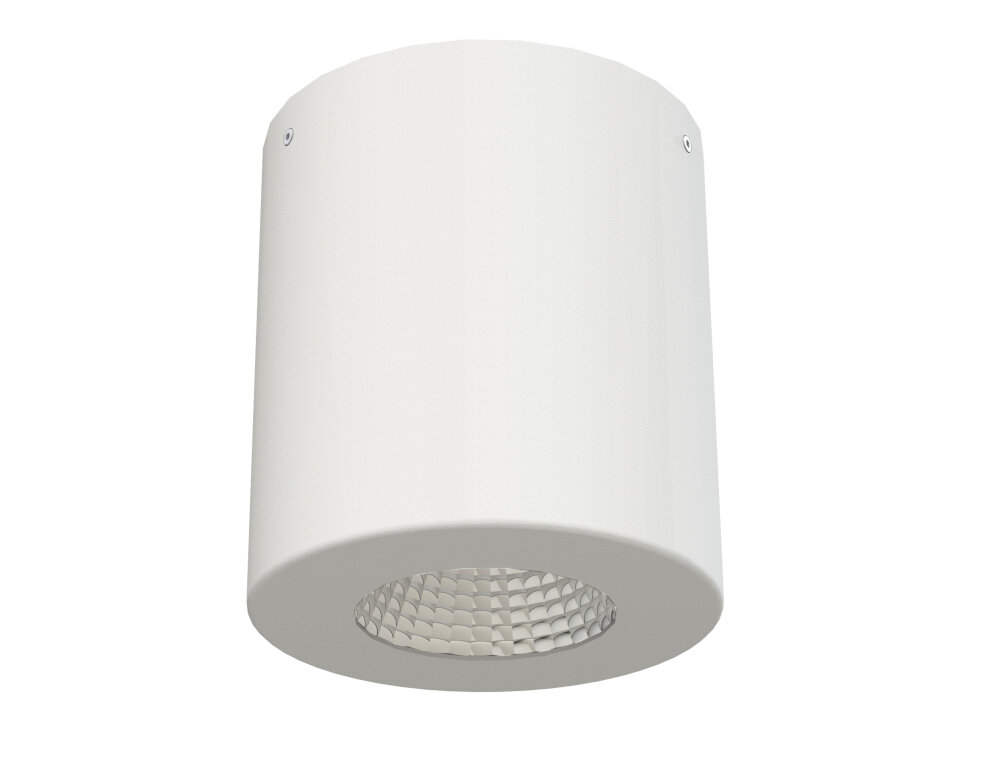
In conclusion, the rise of LED lighting technology has revolutionized the way we illuminate our homes and businesses. LED lights offer a range of benefits such as energy efficiency, longer lifespan, and versatility in design. Understanding the difference between lumens and watts, color temperatures, and the available options in LED bulbs can help you make informed decisions when selecting lighting for your space. With LED lighting, you can not only brighten up your surroundings, but also save money and reduce your carbon footprint. So, go ahead and make the switch to LED lighting, and enjoy the many benefits it has to offer!



